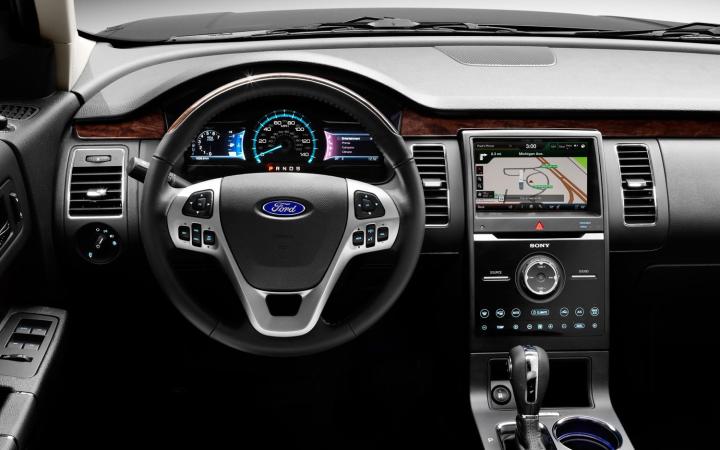
Ford is reportedly planning to scrap dealer tech education programs. The move is bound to drum up sizable backlash from dealers and Ford owners alike. In recent months, Ford has faced a flood of criticism surrounding ongoing issues with its infotainment technology that the American automaker has tried to mend with a series of software updates and bug fixes.
From Ford car buyers to auto safety experts, Sync and MyFord Touch has been battered by complaints that the in-car technology is far too complicated and too distracting when at the wheel. In fact, navigating certain elements of Sync and MyFord Touch has even proven challenging even for those skilled with high-tech devices.
Now, Ford has announced that it will be phasing out a technology allowance it has been paying dealers to teach customers how to use Sync and MyFord Touch, according to an Automotive News report.
Yep. Hard to believe, huh?
Presently, Ford pays dealers $50 per vehicle equipped with its Sync voice recognition system to educate buyers on the system and its functions. Ford also pays dealers $75 per vehicle equipped for the same education process for vehicles sold with the MyFord Touch touchscreen interface that complements Sync.
The allowance, which apparently was only intended to be temporary, will be phased out in two stages:
1. The $50 Sync allowance will go away at the end of 2013.
2. The $75 Sync and MyFord Touch allowance will be eliminated starting with 2015 models.
Ford spokeswoman Elizabeth Weigandt is quoted by Automotive News as saying that Ford created the Technology Delivery Allowance in 2011 as “a temporary resource.” She said the company has future plans to deal with consumer issues tied to the Sync and MyFord Touch, which, despite the complaints, has still been a major draw for Ford buyers.
Ford’s luxury arm, Lincoln Motor Company, reportedly won’t be affected by the funding change.
Still, some Ford dealers who have been using the allowance to hire tech experts to teach consumers how to use Sync and MyFord Touch feel it’s too early to pull the plug on the program.
We agree. And we wonder if Ford is planning a complete overhaul of the systems or is simply just as out-of-touch with the market as consumers are on how to use the in-car technology.


